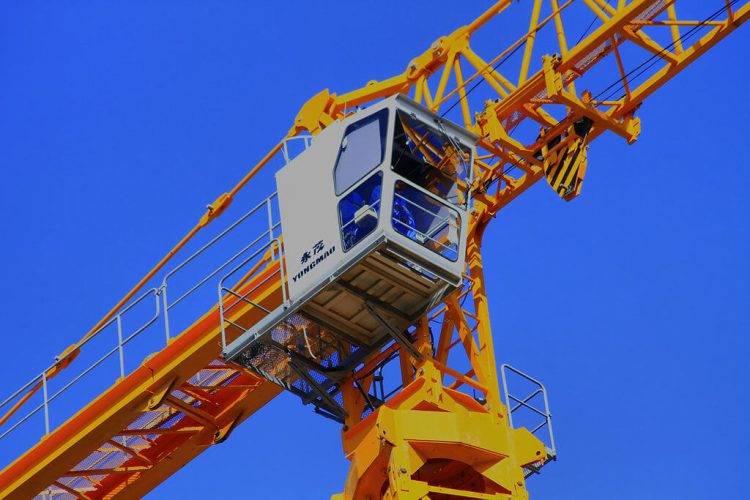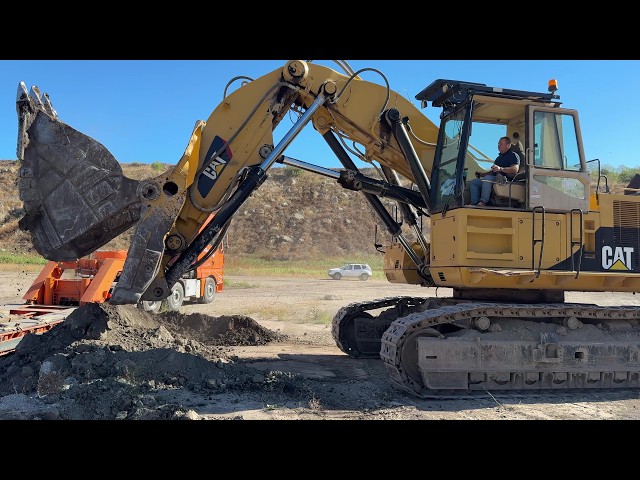When it comes to heavy lifting and construction, cranes play a crucial role. These tall, powerful machines are designed to lift and move heavy loads with precision and ease. From construction sites to shipyards, cranes are a common sight in many industries. In this article, we’ll dive into the world of cranes, exploring their various types, applications, and the innovative technologies that continue to enhance their capabilities.
The history of cranes traces back thousands of years, with early civilizations employing rudimentary devices to lift and move heavy objects. Ancient Greeks and Romans utilized simple machines such as the treadwheel crane for construction and military purposes. Over time, technological advancements led to the development of more sophisticated crane designs, including the introduction of hydraulic and electric-powered systems in the 19th and 20th centuries. Today, cranes have evolved into highly specialized machines tailored to specific tasks and industries, reflecting centuries of innovation and progress.
The Different Types of Cranes
There are several types of cranes, each designed for specific tasks and environments. Let’s take a closer look at some of the most common types:
- 1. Mobile Cranes: These cranes are mounted on a wheeled vehicle, allowing them to be easily transported from one location to another. Mobile cranes are versatile and can be used for various lifting operations.
- 2. Tower Cranes: Tower cranes are commonly seen in the construction industry. They are tall, fixed to the ground, and have a horizontal arm that can rotate 360 degrees. Tower cranes are known for their ability to lift heavy loads to great heights.
- 3. Crawler Cranes: These cranes are equipped with a set of tracks or crawlers that allow them to move around the work site. Crawler cranes are preferred for heavy lifting on uneven terrain.
- 4. Overhead Cranes: As the name suggests, these cranes are mounted on a framework or ceiling, allowing them to move horizontally along tracks. Overhead cranes are commonly used in factories and warehouses for material handling.
- 5. Rough Terrain Cranes: Rough terrain cranes are specifically designed for off-road applications. They are equipped with large tires for stability on uneven surfaces.
Applications of Cranes
With their versatility and strength, cranes are used in a wide range of applications. Some of the common applications include:
- 1. Construction: Cranes are extensively used in the construction industry for tasks such as lifting heavy materials, installing structural components, and moving equipment.
- 2. Shipping and Port Operations: Cranes play a vital role in loading and unloading cargo from ships at ports. They are used to move cargo containers, heavy machinery, and other goods.
- 3. Oil and Gas Industry: Cranes are essential in the oil and gas industry for activities such as drilling, pipeline installation, and maintenance of offshore platforms.
- 4. Aerospace Industry: Cranes are used to lift and move aircraft components during assembly and maintenance in the aerospace industry.
- 5. Power Plants: Cranes are used in power plants for tasks such as boiler maintenance, turbine installation, and handling heavy equipment.
Innovations in Crane Technology
Advancements in technology have led to the development of innovative features and capabilities in modern cranes. Some of the notable innovations include:
- 1. Telematics and IoT Integration: Cranes are now equipped with telematics systems that enable remote monitoring and tracking of their performance, maintenance needs, and safety compliance. IoT integration allows cranes to be connected to other machinery and systems for enhanced coordination and efficiency.
- 2. Load Monitoring Systems: Load monitoring systems provide real-time information about the weight being lifted, ensuring that cranes operate within safe load limits. These systems help prevent overloading and ensure the safety of both the operator and the equipment.
- 3. Anti-Collision Systems: Cranes are often used in close proximity to each other on construction sites or in port operations. Anti-collision systems use sensors and advanced algorithms to detect potential collisions and automatically adjust the crane’s movement to avoid accidents.
- 4. Remote Control and Automation: Some cranes are now equipped with remote control systems, allowing operators to control them from a safe distance. Automation capabilities in cranes enable them to perform repetitive tasks with accuracy, reducing the need for manual intervention.
Cranes are indispensable machines in numerous industries, providing the strength and reliability needed for heavy lifting tasks. With their various types and applications, cranes continue to play a vital role in construction, transportation, and other sectors. Thanks to ongoing technological advancements, cranes are becoming safer, more efficient, and more versatile than ever before. As industries evolve, so too will the world of cranes, ensuring that these towering machines remain an essential part of our modern world.









